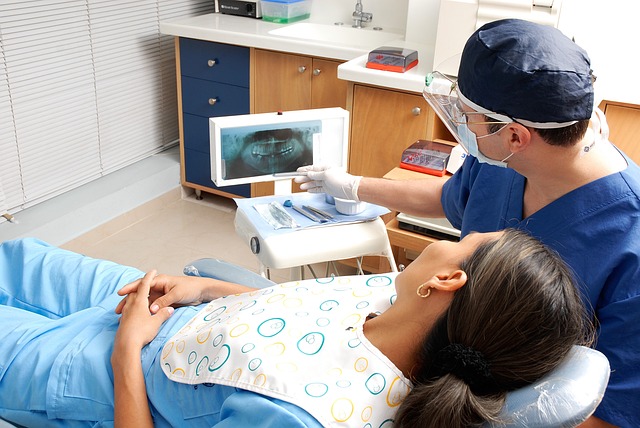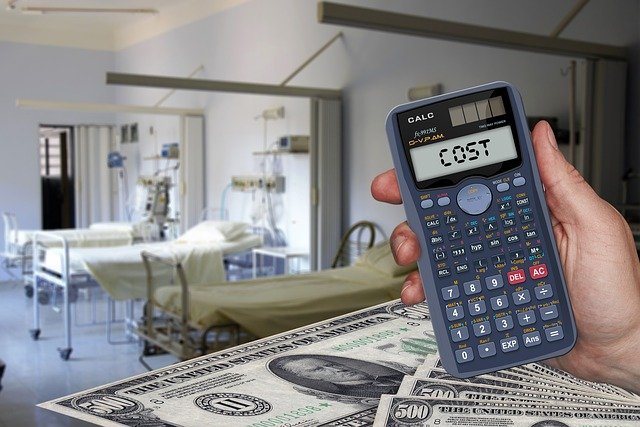How People in the U.S. Plan Their Dental Treatments and Save on Costs
Dental care in the United States can be costly, and many people look for ways to manage expenses while keeping their smiles healthy. Understanding what affects the price of treatments helps patients make better decisions. This article explores how people research dental clinics, compare options, and find cost-saving plans that match their needs — all based on general information and public resources.

Dental care represents a significant healthcare expense for many Americans, with treatments ranging from routine cleanings to complex procedures like root canals and implants. While dental insurance provides some coverage, many individuals still face substantial out-of-pocket costs. This reality has led people across the United States to develop various strategies for planning dental treatments and managing associated expenses. By understanding cost factors, comparing services, finding local offers, prioritizing preventive care, and creating effective budgets, patients can maintain good oral health without financial strain.
Factors That Influence Dental Care Costs
Several elements affect how much Americans pay for dental services. Geographic location plays a significant role, with urban areas typically commanding higher prices than rural regions. The dentist’s experience and specialization also impact costs—specialists like orthodontists or oral surgeons generally charge more than general practitioners. Additionally, the materials used in procedures influence pricing, with premium options like porcelain crowns costing more than metal alternatives.
Insurance coverage represents another major cost factor. Many dental insurance plans have annual maximums between $1,000-$2,000, leaving patients responsible for costs beyond this threshold. Some procedures may be partially covered (50-80%), while others might be excluded entirely. Many Americans also face waiting periods for major procedures or pre-existing condition limitations that affect out-of-pocket expenses.
Dental technology advancements have introduced both cost increases and savings. While modern equipment like digital X-rays and CAD/CAM technology for same-day crowns might increase initial procedure costs, they can reduce the need for follow-up appointments and temporary restorations, potentially saving money long-term.
How People Compare Dental Clinics and Services
Americans have become increasingly savvy about researching dental providers before committing to treatment. Online reviews on platforms like Google, Yelp, and healthcare-specific sites provide insights into patient experiences, while dental practice websites offer information about services, technologies, and provider credentials.
Many patients request consultations with multiple dentists before proceeding with extensive treatment plans. During these visits, they discuss treatment options, expected outcomes, recovery time, and comprehensive cost breakdowns. Some practices offer free initial consultations, making this comparison process more accessible.
Insurance network participation remains a crucial comparison point. Patients typically check whether dentists are in-network with their insurance provider, as this significantly affects out-of-pocket costs. Some Americans also value transparent pricing models, with some practices now offering membership plans or clear fee schedules that make cost comparison more straightforward.
Common Ways to Find Local Offers for Dental Treatments
Savvy dental patients utilize various resources to locate cost-saving opportunities. Dental schools represent one valuable option, where supervised students provide quality care at significantly reduced rates—sometimes 50-70% less than private practices. Community health centers also offer sliding scale fees based on income, making essential dental care more accessible.
Group discount platforms like Groupon occasionally feature dental service promotions for new patient exams, cleanings, or cosmetic procedures. While these can provide savings, patients should verify the provider’s credentials and reputation before booking.
Many dental practices offer new patient specials that bundle examination, cleaning, and X-rays at reduced rates. Some also provide seasonal promotions or family package discounts. Additionally, professional associations like AARP or AAA sometimes include dental discount programs among their membership benefits, providing 10-50% savings on various procedures.
Why Preventive Care Helps Save Money
Regular preventive dental care represents one of the most effective cost-saving strategies. Routine cleanings and examinations—typically covered at higher percentages by insurance—help identify potential problems before they require expensive interventions. For example, treating a small cavity costs significantly less than the root canal and crown that might become necessary if decay progresses.
Americans who maintain consistent six-month checkup schedules often avoid emergency dental situations, which typically come with premium pricing. Additionally, professional cleanings help prevent periodontal disease, which can lead to extensive treatment needs and potential tooth loss when left unchecked.
Home care practices also contribute to prevention-based savings. Investing in quality oral hygiene products and following dentist-recommended routines helps maintain oral health between professional visits. While electric toothbrushes or water flossers represent initial investments, they often reduce long-term treatment needs through improved plaque removal.
Tips for Planning a Dental Budget Effectively
Creating a dental budget helps many Americans manage care costs without financial surprises. Some establish dedicated health savings accounts (HSAs) or flexible spending accounts (FSAs) that allow pre-tax contributions for medical expenses, effectively reducing the cost of care by their tax rate percentage.
Timing dental care strategically also helps maximize insurance benefits. Many patients schedule more expensive procedures across calendar years to utilize multiple annual maximums. Others complete treatment before insurance plan changes take effect, particularly when employers switch providers.
Negotiating payment options provides another budgeting strategy. Many dental practices offer interest-free payment plans for larger procedures, allowing patients to spread costs over several months. Some Americans also utilize third-party financing options like CareCredit, though these typically include interest charges after promotional periods.
Comparing Dental Service Providers and Costs
When evaluating dental care options, many Americans compare providers based on both quality and cost considerations. The table below provides an overview of common dental service options and their general cost structures.
| Provider Type | Average Cost Range | Key Considerations |
|---|---|---|
| Private Practice | Exam/Cleaning: $150-300 Filling: $150-450 Crown: $800-1,700 |
Generally higher costs but more personalized care and scheduling flexibility |
| Dental School Clinic | Exam/Cleaning: $50-100 Filling: $70-200 Crown: $400-900 |
Significant savings but longer appointments and student providers supervised by faculty |
| Dental Chain | Exam/Cleaning: $100-250 Filling: $120-350 Crown: $700-1,500 |
Often more extended hours and multiple locations but potentially less continuity of care |
| Community Health Center | Exam/Cleaning: $40-150 Filling: $60-250 Crown: $400-1,000 |
Income-based sliding scale fees but may have longer wait times for appointments |
Prices, rates, or cost estimates mentioned in this article are based on the latest available information but may change over time. Independent research is advised before making financial decisions.
Planning for dental care costs requires balancing financial considerations with oral health needs. By understanding the factors that influence pricing, comparing providers thoughtfully, seeking available discounts, prioritizing preventive care, and creating effective budgets, Americans can maintain healthy smiles without unnecessary financial burden. The strategies discussed represent practical approaches that many people across the country implement to manage dental expenses while ensuring they receive necessary care. As healthcare costs continue to evolve, these planning techniques will remain valuable tools for dental patients nationwide.
This article is for informational purposes only and should not be considered medical advice. Please consult a qualified healthcare professional for personalized guidance and treatment.




